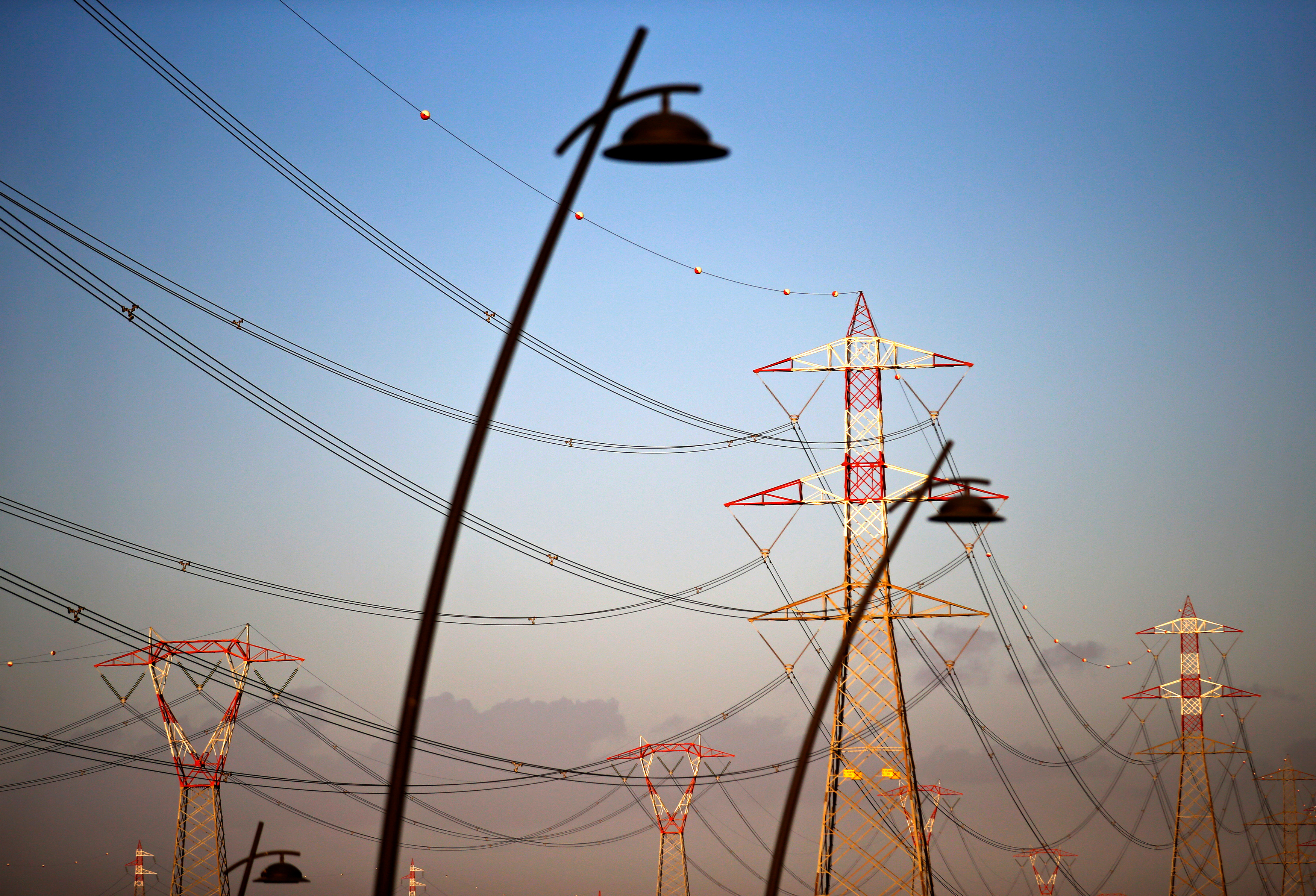pctay123
Publish Date: Fri, 20 Sep 2024, 12:00 PM

LITTLETON, Colorado, Sept 20 (Reuters) - Electricity prices in Italy are the highest among major European economies, due to an enduring reliance on fossil fuels for power generation despite growth in renewable energy output.
Italy's wholesale electricity prices have averaged around 100 euros per megawatt hour (MWh) so far in 2024, according to energy think tank Ember.

That compares to 69 euros in Germany and 50 euros in Spain, and means that Italy's households and businesses pay far larger energy bills than most of their peers across Europe.
FOSSIL FIX
High dependence on fossil fuels for electricity generation is the main driver behind Italy's high power costs. In 2023, 55% of Italy's electricity came from fossil fuels, Ember data shows.
That compared to 45% in Germany, 39% in the United Kingdom, 25% in Spain and 41% for Europe as a whole.

So far in 2024, Italy's power firms have managed to lift clean power generation to a new record, and have cut the share of fossil fuels in electricity generation below 50% for the first time, to 47%.
However, that fossil generation share still exceeds that of rival economies, with Europe as a whole recording a 37% average fossil share this year and Germany a 40% share.
HIGH AND RISING
Italy's fossil fuel generation share is expected to increase over the remainder of the year as clean power generation declines.
The lift in Italy's clean power output so far in 2024 has been mainly fuelled by a 45% rise in output from hydro dams and a 18% rise in solar generation.

Along with a 2% rise in wind output, the higher hydro and solar production helped lift total clean electricity generation by 20% from January through August from the same months in 2023.
In total, Italy's clean electricity generation hit a record 88 terawatt hours (TWh) during the January to August period, compared to 73.4 TWh during the same months in 2023.
However, both hydro and solar generation peak during summer in Italy, and then trend steadily lower over the remainder of the year as snow melt levels drop off and reduced daylight cuts into solar output.

That means that total clean power generation will also decline, and will likely spur a revival in fossil fuel-fired output as we head into winter and the country's main heating season.
GAS PRICE PRESSURE
Italy's power firms mainly rely on natural gas for power generation, with around 45% of electricity generation coming from gas-fired plants in 2023.
In contrast, Germany's power producers only relied on natural gas to generate around 15% of electricity last year, while the average for Europe as a whole was 24%.
What's more, more than 95% of Italy's gas comes from imports due to steadily declining domestic gas production.
Such a high reliance on imported gas means that Italy's power firms have been at the mercy of international gas markets for the lion's share of their power generation fuels.
In addition, Italy's government has opted to replace gas supplies from Russia - which was sanctioned by European Union member states following its invasion of Ukraine in 2022 - with purchases from other suppliers.
This switch-out of gas from Russia - which was formerly Italy's single largest gas supplier - with gas from other suppliers has strained gas market flows across Europe, and lifted overall gas prices.
In addition, Italy has plugged a growing share of its gas supply gap with imports of liquefied natural gas (LNG), which is considerably more expensive than gas supplied via pipeline.
PASSED ON COSTS
Much of the higher costs of gas imports have been passed on to Italy's consumers in the form of the higher wholesale electricity costs.
Italy's government has tried to soften the blow of higher energy prices by lowering sales taxes and providing subsidies for the build-out of renewable energy generation capacity.
But with utilities on the hook for aggressive increases in renewable energy capacity as part of a new energy security decree passed last year, households have borne the brunt of the impact from the higher cost of energy imports.
And with power providers set to face steep capital costs as they construct new clean energy production assets, utilities are not in any position to cut prices for households any time soon.
That means that Italy's energy consumers look set to keep paying among the highest rates in Europe for their power and electricity for the foreseeable future.
Sign up here.
https://www.reuters.com/business/energy/italy-power-costs-stay-sky-high-despite-clean-energy-push-2024-09-20/












